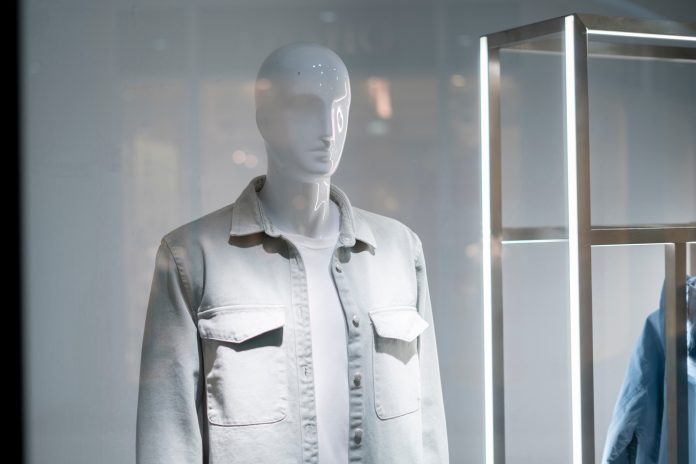Key Takeaways
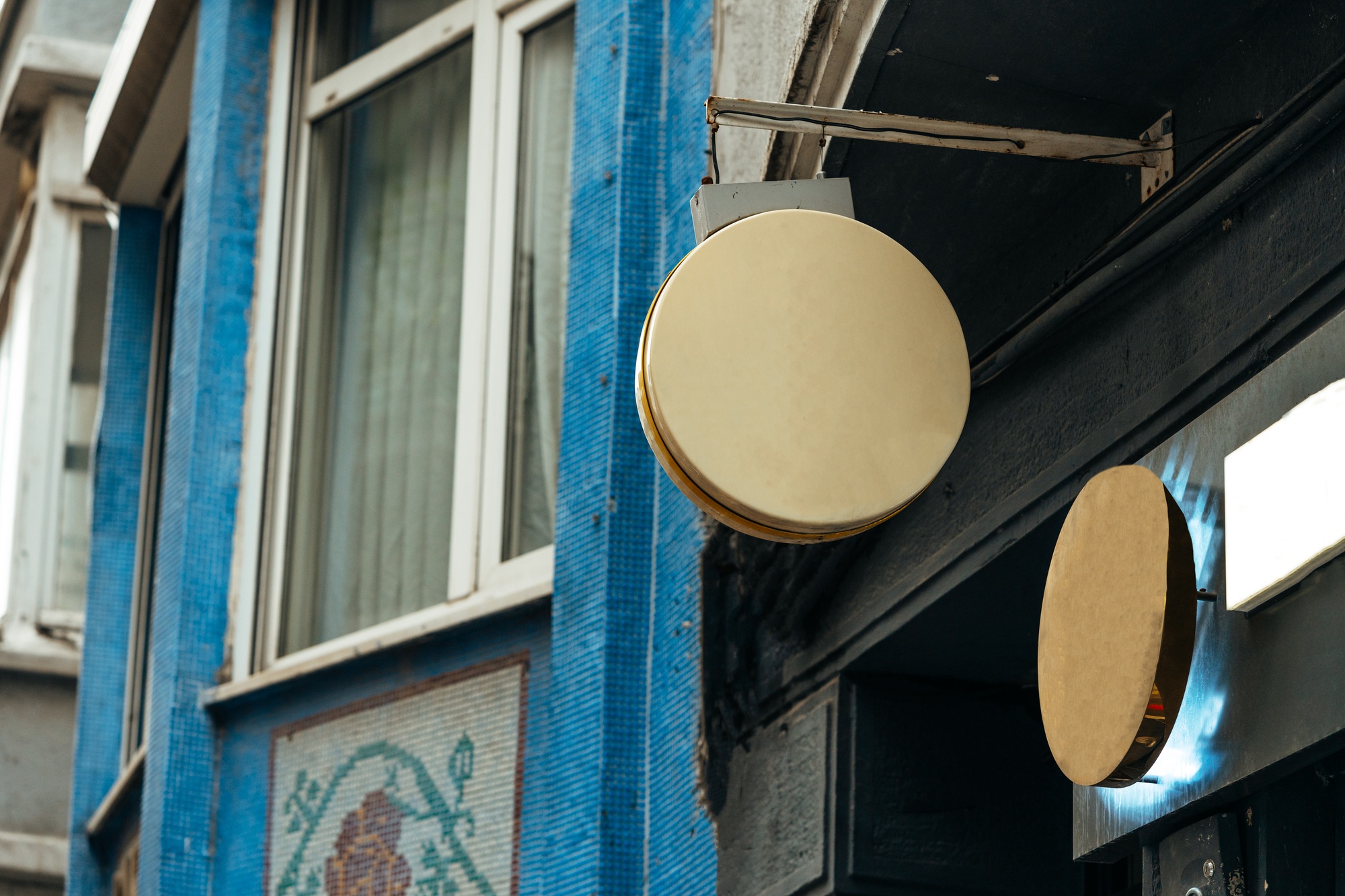
- Impact on Customer Experience: A well-designed store layout enhances the shopping experience by reducing stress and making it easier for customers to navigate the space, leading to longer visits and increased satisfaction.
- Influence on Purchase Behavior: Strategic placement of merchandise and thoughtfully designed pathways can guide shoppers towards high-margin items, significantly boosting impulse purchases and overall sales.
- Types of Store Layouts: Familiarize yourself with various store layouts—Grid, Racetrack, Free-Form, and Boutique—each serving distinct purposes and offering unique advantages tailored to specific retail environments.
- Best Practices: Implement clear pathways, strategic merchandise placement at eye-level, and well-defined product grouping to improve customer flow and promote effective product discovery.
- Technology Utilization: Leverage virtual design tools and data-driven insights to create and adjust store layouts, enhancing customer flow and optimizing the shopping experience in your retail space.
When you walk into a store, the layout plays a crucial role in shaping your experience. A well-designed store layout not only enhances customer flow but also boosts sales by guiding shoppers through strategic pathways. Understanding the principles behind effective store layouts can transform an ordinary shopping trip into an engaging journey.
You might not realize it, but every aisle and display is carefully crafted to influence your buying decisions. From the placement of high-demand items to the use of visual merchandising techniques, store layouts are an art form that blends psychology and marketing. Discovering how to optimize your space can lead to happier customers and increased profits.
Overview of Store Layout
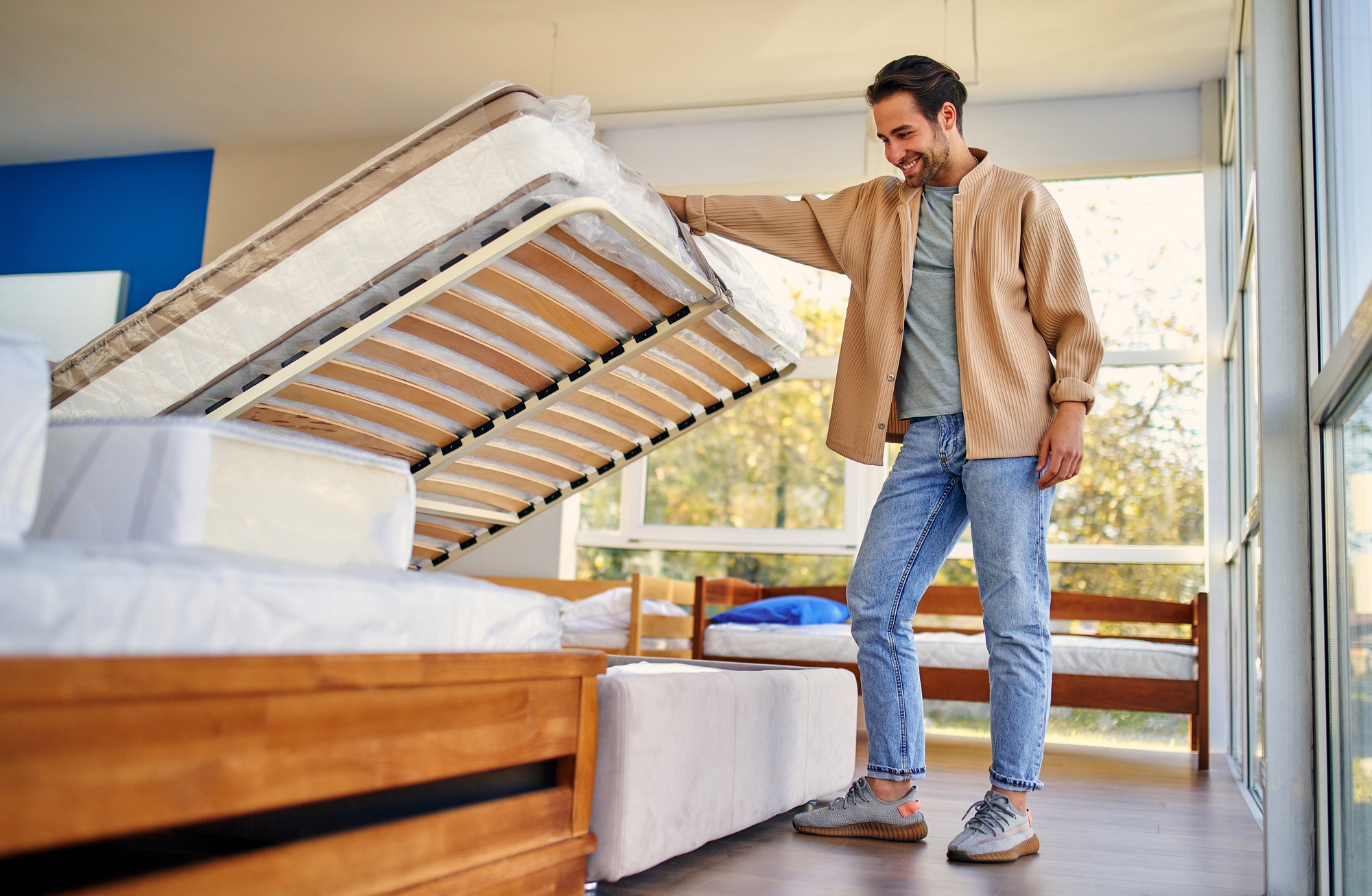
A store layout directly impacts your retail success and customer experience. A well-planned layout attracts shoppers and encourages them to explore your offerings. You can create a welcoming atmosphere by strategically positioning aisles and displays.
Various store layouts exist, each serving specific purposes:
- Grid Layout: Commonly used in supermarkets and convenience stores, this design maximizes space. You can create clear pathways, allowing customers to navigate easily while increasing impulse purchases.
- Racetrack Layout: This layout features a main aisle outlining the store’s perimeter. It encourages customers to engage with various departments while providing opportunities for showcasing promotions and seasonal items.
- Free-Form Layout: This flexible design allows for creativity and customer interaction. Ideal for boutiques and specialty shops, you can craft unique experiences that enhance brand identity.
- Boutique Layout: This layout focuses on creating a narrative around products. You can guide shoppers through carefully curated displays, emphasizing storytelling in product placement.
Choosing the right layout for your small business hinges on understanding your products and customer preferences. An optimized layout helps maximize space, drawing in customers and enhancing sales opportunities. Keep in mind that the goal is to provide an enjoyable shopping experience that encourages repeat visits.
Importance of Store Layout
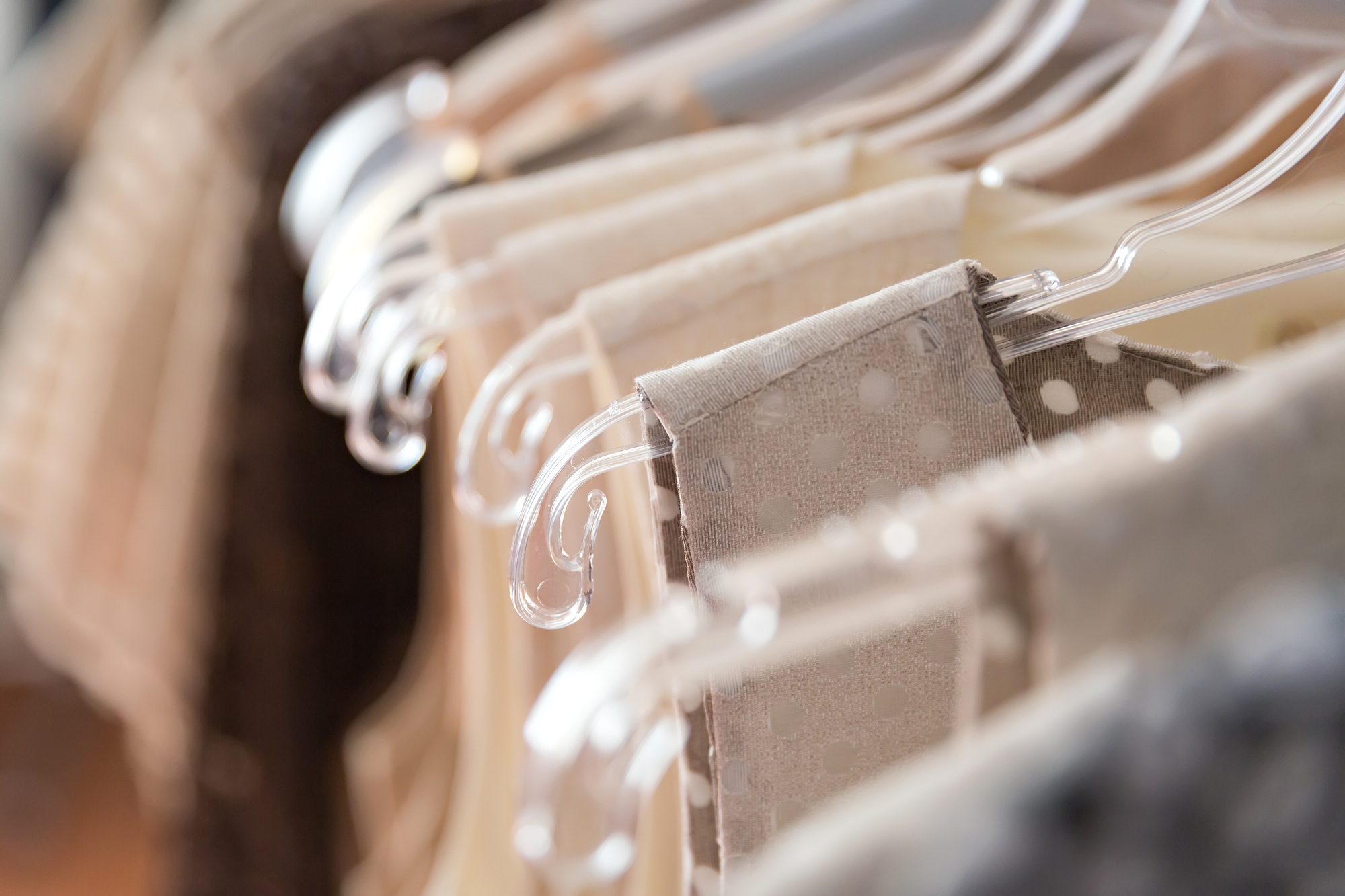
A well-designed store layout significantly impacts your retail success and customer satisfaction. It influences how shoppers navigate your space and interact with your products.
Enhancing Customer Experience
A strategic store layout creates a comfortable and intuitive environment for shoppers. By organizing products effectively, you encourage exploration, making it easier for customers to find what they need. A clear layout reduces stress and confusion, leading to longer visits and increased satisfaction. For small businesses, this investment translates to improved customer loyalty and repeat visits.
Influencing Purchase Behavior
Store layout directly affects purchasing decisions. Well-placed displays and thoughtful paths guide customers towards high-margin items. For instance, grouping products by category or using focal points captures attention and stimulates impulse buying. Utilizing layouts like the Racetrack or Free-Form designs can enhance the shopping journey, driving sales for your retail business.
Types of Store Layouts

Understanding different store layouts can enhance your retail business’s customer experience and sales. Each layout offers unique benefits tailored to specific retail environments.
Grid Layout
Grid layouts feature long, straight aisles with products displayed on both sides. This layout is common in grocery stores, pharmacies, and convenience stores. It maximizes product visibility and minimizes empty spaces. You often place impulse-buy items at the front, while staple items are stocked toward the back. Additionally, areas at the end of the aisles serve as effective locations for promotional displays.
Advantages of the grid layout include easy navigation, predictable traffic flow, and the ability to display similar products together. However, it can feel overly familiar to customers and may result in congestion if aisles are too narrow.
Free-Form Layout
Free-form layouts offer a more relaxed, open design, allowing for creativity and flexibility. This layout is popular in boutiques and specialty shops, where unique product displays draw customers in and encourage exploration.
With this layout, you can create inviting spaces for your customers, enhancing engagement. By utilizing varied display techniques and furniture arrangements, you can inspire a sense of discovery. However, ensure that the layout doesn’t become confusing or cluttered, which could frustrate shoppers.
Racetrack Layout
Racetrack layouts, also known as loop layouts, guide customers in a circular path around the store. This design works well for retailers aiming to showcase multiple departments within a single shopping trip.
In a racetrack layout, you can place high-margin or seasonal items in the main path to attract attention. This encourages customers to explore different areas of your store while providing a visual flow. It creates a dynamic shopping experience that can lead to increased impulse buying.
Boutique Layout
Boutique layouts emphasize storytelling through product placement. You can design distinct areas within your store, each conveying a theme or curated selection. This approach often caters to niche markets or specialized products that attract specific customer groups.
Using a boutique layout allows for a personal touch in your retail space. It encourages customers to immerse themselves in your brand while exploring thoughtfully arranged displays. Focus on creating unique experiences that resonate with your audience, leading to increased customer loyalty and satisfaction.
Best Practices for Effective Store Layout
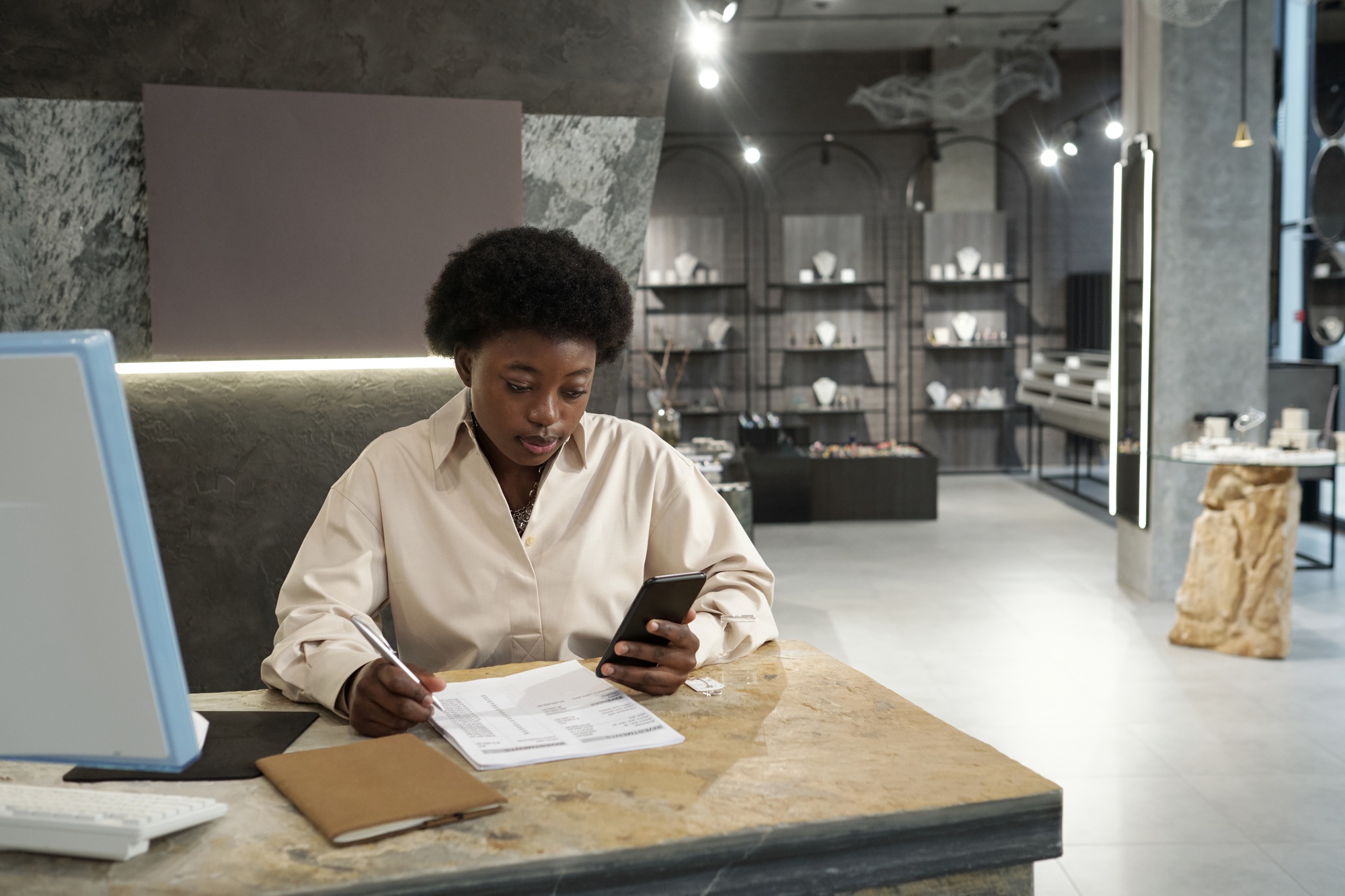
A strategic store layout enhances customer experience and drives sales, especially for small businesses. Implementing effective design elements can create a welcoming environment that encourages exploration.
Creating Clear Pathways
Clear pathways and well-designed aisles guide customer flow, improving their shopping experience. Design wider aisles to enable easy navigation and prevent congestion. Use strategic product grouping to draw attention to featured items. Include informative signage to help customers locate products quickly. Establish a decompression zone at your store’s entrance, allowing shoppers to acclimate and reducing initial traffic buildup.
Strategic Placement of Merchandise
Strategic placement of merchandise significantly influences buying decisions. Focus on eye-level placement for products; these items gain more visibility and higher purchase rates. Develop a product mapping strategy to optimize space and create effective planograms, dictating where products should be positioned. This tactical arrangement helps enhance product discovery and boosts sales—pivotal factors for the success of your small business.
Technology’s Role in Store Layout
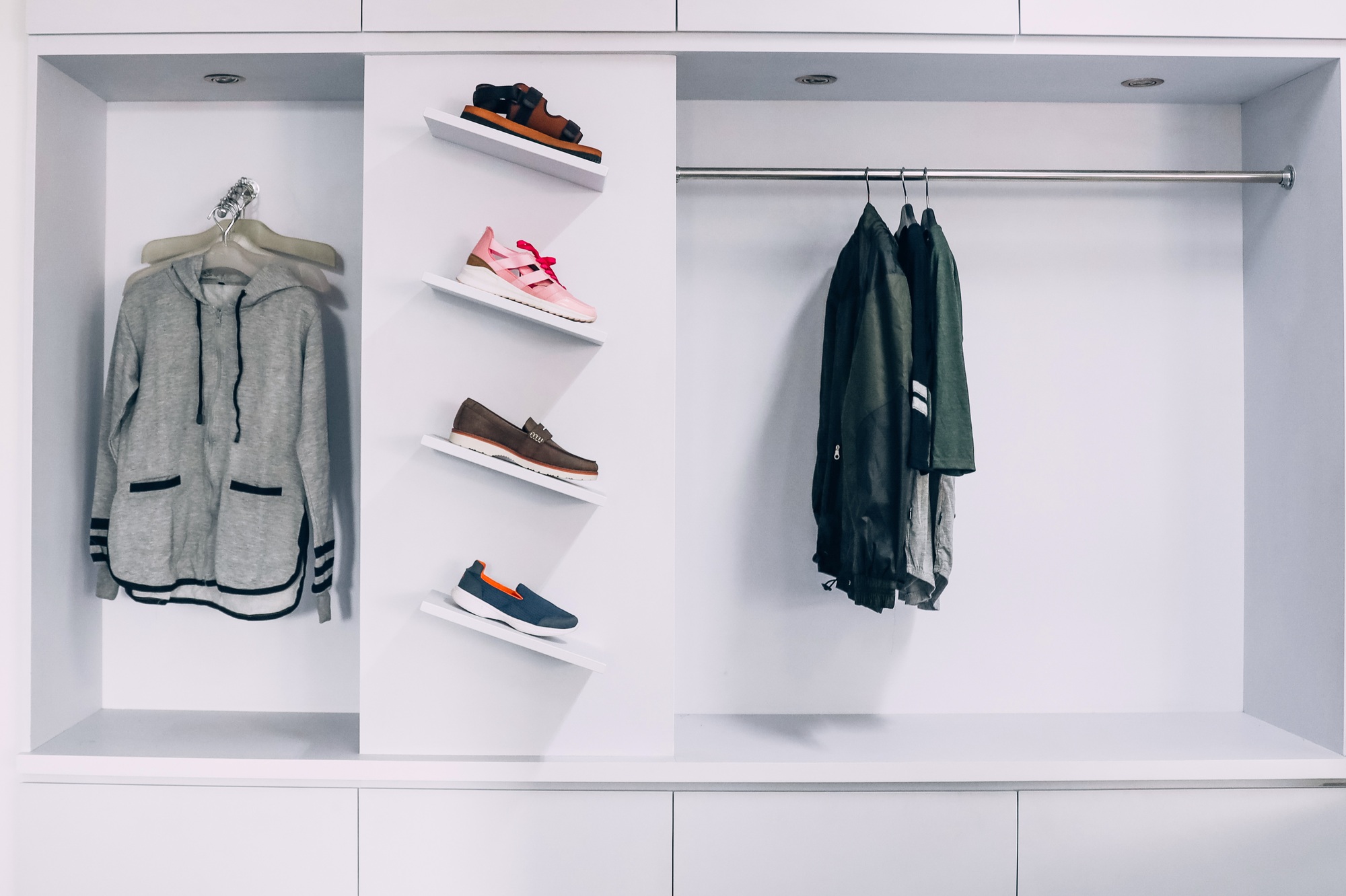
Technology significantly impacts how you design and manage retail spaces, particularly for small businesses. Leveraging advanced tools enhances your store’s layout, promoting a more effective shopping experience.
Virtual Store Layout Design Tools
Virtual reality (VR) and 3D modeling tools enable you to create accurate representations of your retail space. These tools allow you to visualize designs dynamically and make necessary adjustments before construction begins. Platforms like Edraw.AI offer ready-to-use templates, precision tools for accurate measurements, and extensive symbol libraries. These resources help small business owners develop professional floor plans that align with their vision and optimize customer flow.
Data-Driven Layout Adjustments
Data-driven insights provide invaluable information for optimizing your store layout. Analyzing customer traffic patterns, preferences, and purchasing behavior helps you make informed adjustments that cater to shopper needs. For instance, tracking foot traffic can highlight congested areas requiring wider aisles or revealing popular sections of your store needing expanded displays. Using analytics tools allows you to fine-tune your layout continuously, enhancing customer satisfaction and driving sales in your small business.
Conclusion
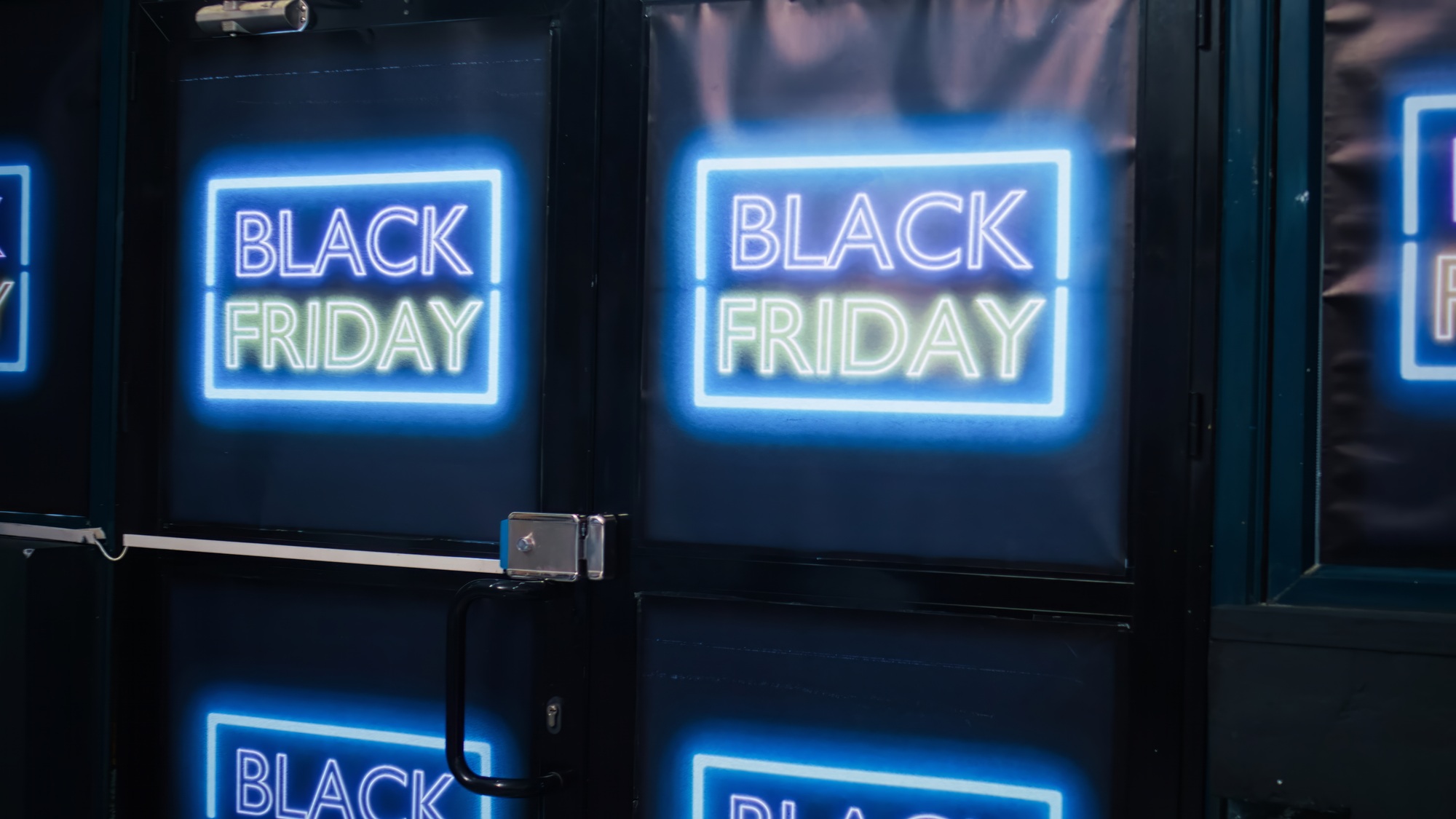
A well-thought-out store layout is essential for your retail success. By creating an inviting and intuitive shopping environment you can enhance customer satisfaction and encourage repeat visits. The right layout not only guides customers through your space but also influences their purchasing decisions.
Utilizing various layout types tailored to your business can significantly impact sales. Whether you choose a Grid Layout for efficiency or a Free-Form Layout for creativity the goal remains the same: to create a comfortable shopping experience.
Embracing technology and data-driven insights allows you to continuously refine your layout. This adaptability ensures your store meets evolving customer needs while maximizing sales potential. Focus on optimizing your space and watch as customer loyalty and profits grow.
Frequently Asked Questions
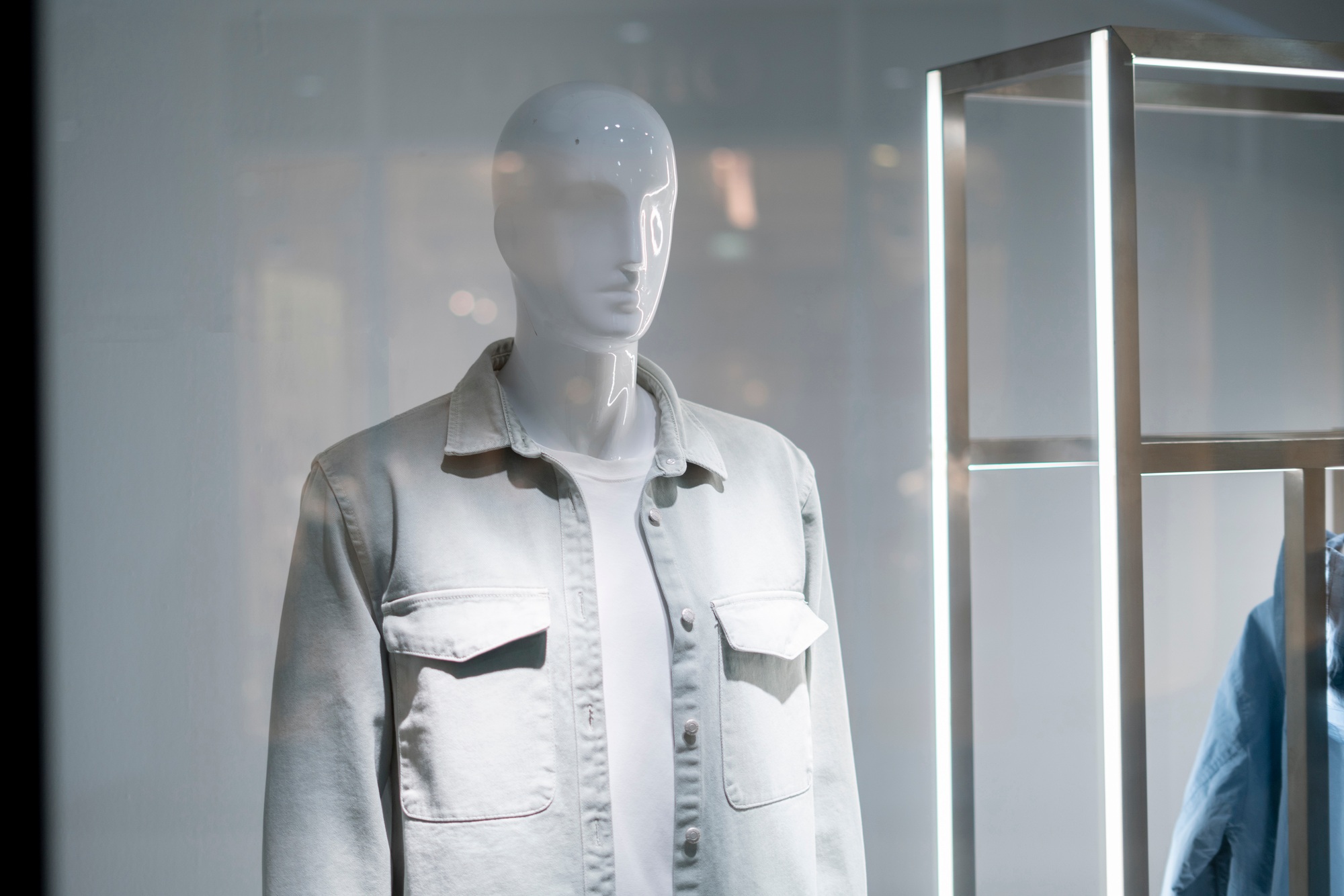
What is the importance of store layout in retail?
A well-designed store layout enhances customer experience and boosts sales, particularly for small businesses. It strategically guides shoppers through the store, influencing their buying decisions and improving satisfaction.
What are the different types of store layouts?
The main types include the Grid Layout, which maximizes product visibility; the Racetrack Layout, promoting exploration; the Free-Form Layout, ideal for creative boutiques; and the Boutique Layout, focusing on storytelling through product placement.
How does the Grid Layout work?
The Grid Layout features long, straight aisles that maximize space and minimize empty areas, making it efficient for grocery stores, where easy navigation and product accessibility are crucial.
What are the benefits of the Racetrack Layout?
The Racetrack Layout encourages customers to explore various departments in a circular path, effectively showcasing multiple product sections, which can lead to higher impulse buying and sales.
How does the Free-Form Layout differ from others?
The Free-Form Layout offers an open, relaxed design that encourages creativity and exploration, making it ideal for boutiques aiming to create unique and engaging shopping experiences.
How can store layout impact customer behavior?
A well-planned layout creates comfortable pathways that enhance exploration and reduce stress, leading to longer visits and increased customer satisfaction, ultimately influencing purchasing behavior.
What best practices should be followed for effective store layout?
Effective practices include creating clear pathways, designing wider aisles to prevent congestion, strategic product grouping, and using informative signage to enhance the shopping experience.
How does technology play a role in store layout design?
Technology, like virtual reality and 3D modeling, allows businesses to visualize retail spaces before construction. Data-driven insights help analyze customer traffic patterns for layout optimization.
How can small businesses benefit from optimizing their store layout?
By optimizing their layout, small businesses can enhance customer satisfaction, drive sales, and encourage repeat visits, ultimately leading to increased profits and business success.
Image Via Envato


